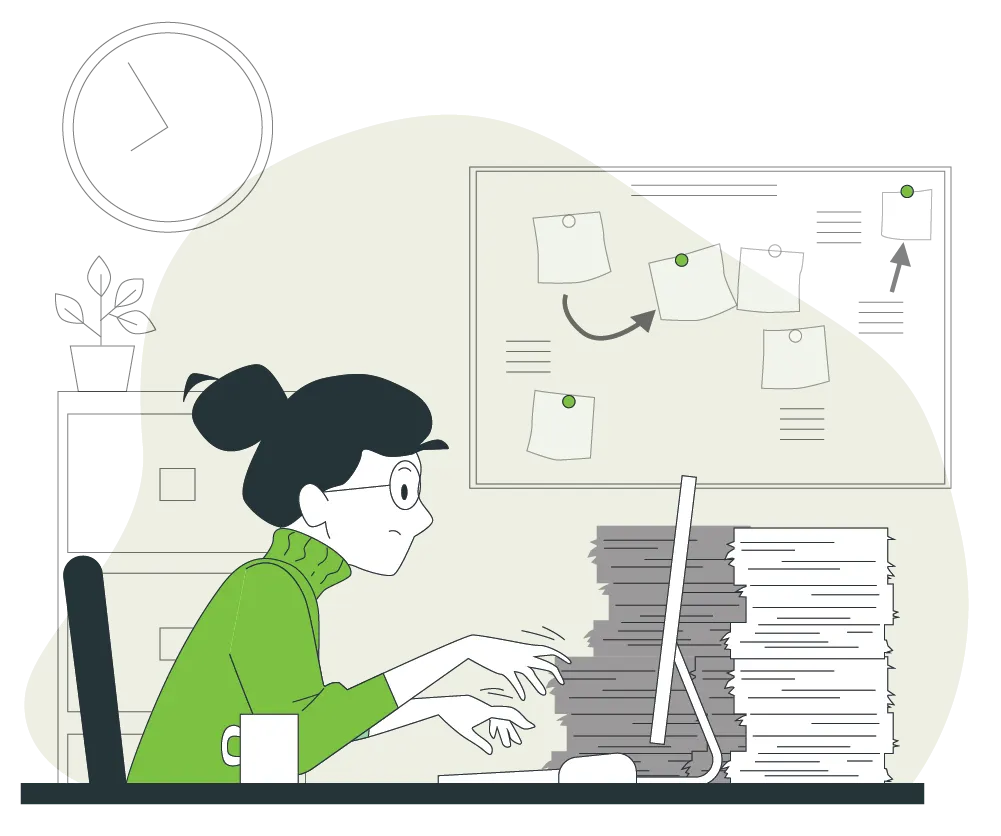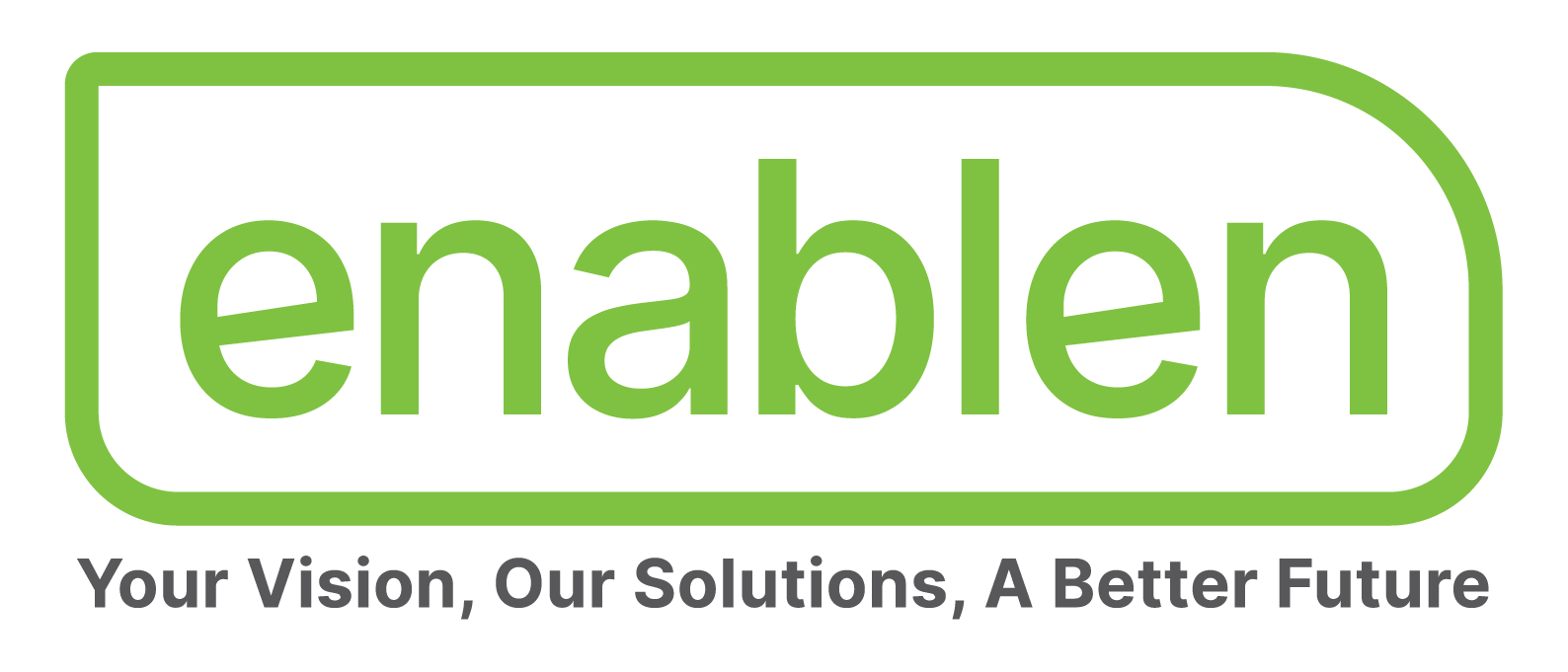Recognising and Responding to Sexual Harassment in the Workplace

About the Sexual Harassment
The term ‘sexual harassment’ continues to make rounds across all forms of modern media, yet, there still seems to be a lack of awareness and understanding into this very disturbing offence that can prevail in any environment that underestimates it. While sexual harassment can occur in any setting or environment, this offence is particularly common in the workplace all around the world.
Sexual harassment is an unlawful and unwelcome act that can offend, humiliate, or intimidate another person through acts or behaviour of sexual nature. The victim can suffer financial, social, emotional, physical and psychological harm associated with sexual harassment.
Safe Work Australia categorises workplace sexual harassment as:
- Unwelcome touching or physical contact
- Suggestive comments or jokes
- Sexually offensive pictures
- Unwanted invitations to go on dates
- Requests for sexual acts
- Sexually explicit or suggestive emails, text messages, or online interactions or acts through social media.
The trigger point
Australia had a rude awakening with the shocking news of Liberal Party staffer Brittany Higgins, as she bravely came forward claiming to be allegedly raped at a minister’s office in the Parliament House. The act and location ironically put the government and parliamentary leadership in an awkward position, and rightly so. Since her claim, Ms. Higgins’ case received nationwide and international coverage that spurred a much-needed debate on the lax national attitude regarding sexual harassment at the workplace in Australia.
Measures placed and results
At Enablen, we have been keeping a keen eye on the development on this issue in Australia and believe there is much that can be done to address this problem.
The current system of assessing, probing and addressing incidents of sexual harassment in Australia is complex and confusing. So many people choose not to report any crimes of sexual nature due to the fear of further victimisation and harassment owing to lack of effective support systems. Other reasons can include jeopardising career prospects, relationships and reputation. The right way forward, as per the Australian Human Rights Commission, is a shift of focus towards strong preventive systems followed by strict action.
On the legislative side, States including South Australia, New South Wales and Victoria enacted anti-discrimination laws in the 1970s. In 1984, the gaps in these laws were addressed through the enactment of the Sex Discrimination Act 1984, which prohibited sexual harassment at work, and set up a framework to improve upon the existing workplace safety measures regarding the issue at hand.
Fast forward 38 years and not much seems to have been achieved. A 2018 survey by the Australian Human Rights Commission revealed that one in three people experienced sexual harassment in the workplace in the preceding five years, which gender-wise included every two in five women and one in four men. This alarming figure points to a directionless trajectory in tackling a very common issue that prevails across the country and the globe.
What can still be done
As a way forward, the government must think and act responsibly and with a sense of urgency in putting checks and mechanisms in place to prevent such incidents from ruining precious lives and uprooting promising careers. All this needs to be done with the victim in focus, and addressing ambiguities that may also save employers from any unjustified burden. Transparency and accountability is the only way Australia can safeguard the rights of workers across both public and private sectors.
At the heart of it all lies our individual and organisational responsibility. Despite legislation, codes of practice, guidance documents, and research, etc., Australia cannot make any headway unless employers take ownership of implementing safety checks. Organisations and businesses need to bear the torch in taking the issue of sexual harassment seriously, and establish mechanisms that can prevent and address this issue in a transparent manner. Rules and policies must be revised and awareness campaigns must be part of recruitment processes where individuals are educated about sexual harassment and on how to stand up for their rights in case of a violation.

Enablen’s commitment and contribution
As a responsible organisation, Enablen acknowledges and recognises the seriousness of the issue of sexual harassment at the workplace, and is dedicated in playing a constructive role in improving worker preparedness and workforce safety. In this respect, we at Enablen devised a strategy to contribute our time and resources for the Australian citizens to educate them on their rights, the laws, and best practices to keep themselves safe from harm.
Enablen capitalised on its own strengths, and developed a course for everyday Australian workers as an awareness tool at a national level. The course is intended to be free of cost to learners through our online Learning Management System, and it will help educate the general public in understanding the intricacies of workplace sexual harassment.
The course covers the following areas:
- What workplace sexual harassment is
- How it works or looks like
- Concept of gendered violence
- Who is affected by sexual harassment
- What types of workers are most vulnerable
- Impacts of sexual harassment
- How to stop sexual harassment at the workplace
- How to help yourself or others in case of sexual harassment
- How to respond to a complaint of sexual harassment, and
- How to take a sexual harassment allegation against you
We have come to the conclusion that absolutely no one is immune to workplace sexual harassment, and the only way forward in combatting this menace is to educate every working Australian about it. As part of our commitment to the community, we will continue to provide voluntary support through all the tools available to us to address common issues of concern that Australians face each day.
Enablen believes that together, we can overcome any societal challenge if we commit to look after the wellbeing and safety of our citizens in all walks of life.
You can take this completely free course by clicking here.
We wish you the best of luck. Stay safe!






